Metallic material shows rare one-dimensional magnetism, unlocking new possibilities for quantum tech and spin-based memory devices.
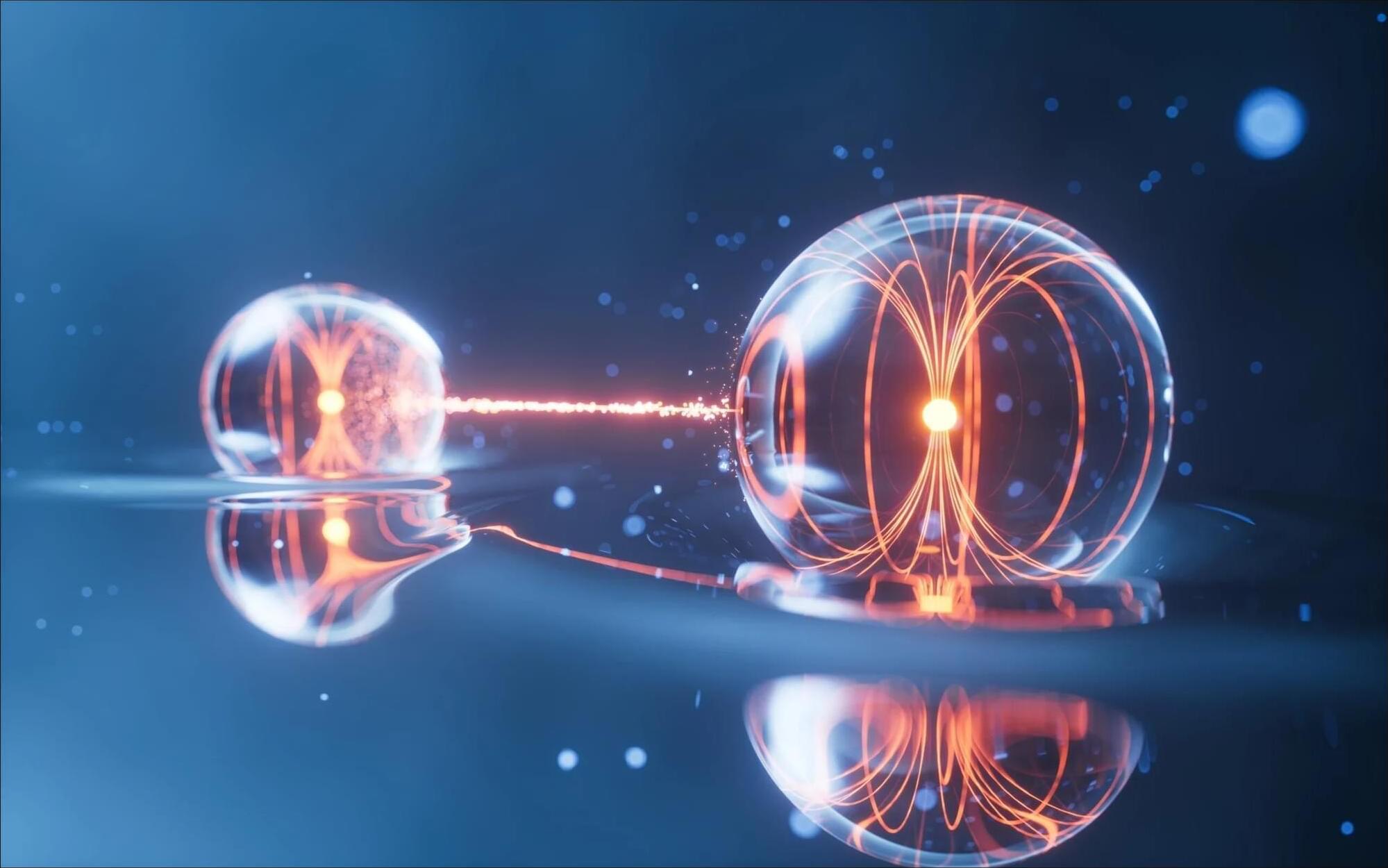

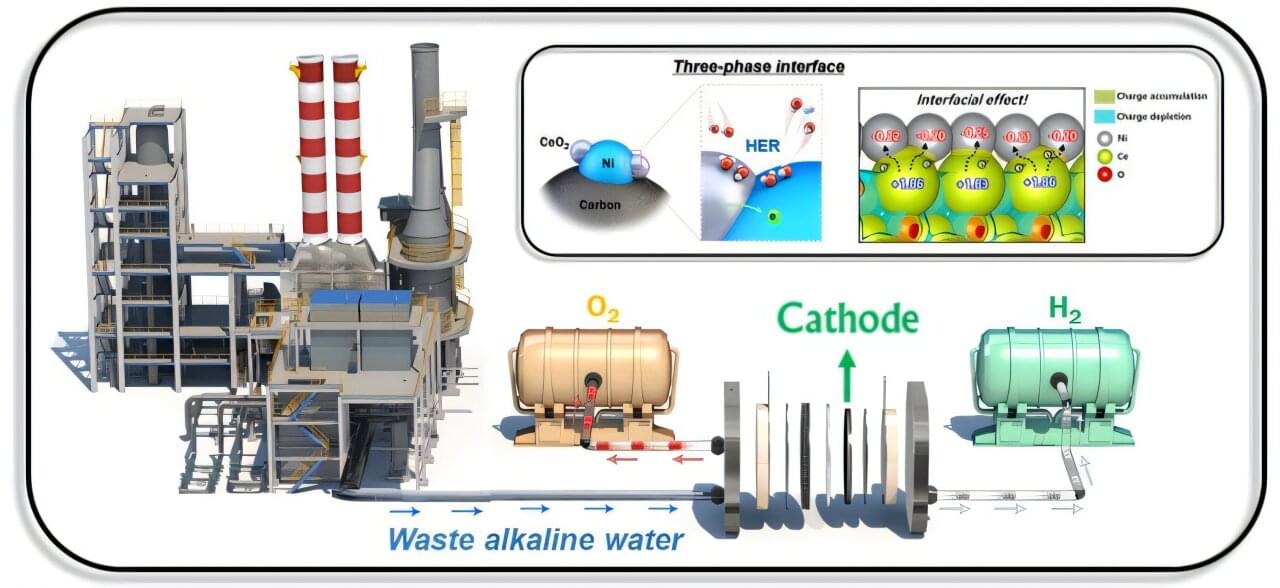
Dr. Sung Mook Choi and his research team at the Energy & Environmental Materials Research Division of the Korea Institute of Materials Science (KIMS) have successfully developed a highly durable non-precious metal-based hydrogen evolution catalyst for use in a direct electrolysis system employing waste alkaline water and anion exchange membranes (AEM). This breakthrough enables the production of clean hydrogen by directly utilizing alkaline wastewater generated from industrial processes.
The material reminds us of wattle and daub, a home building material harking back 6,000 years.
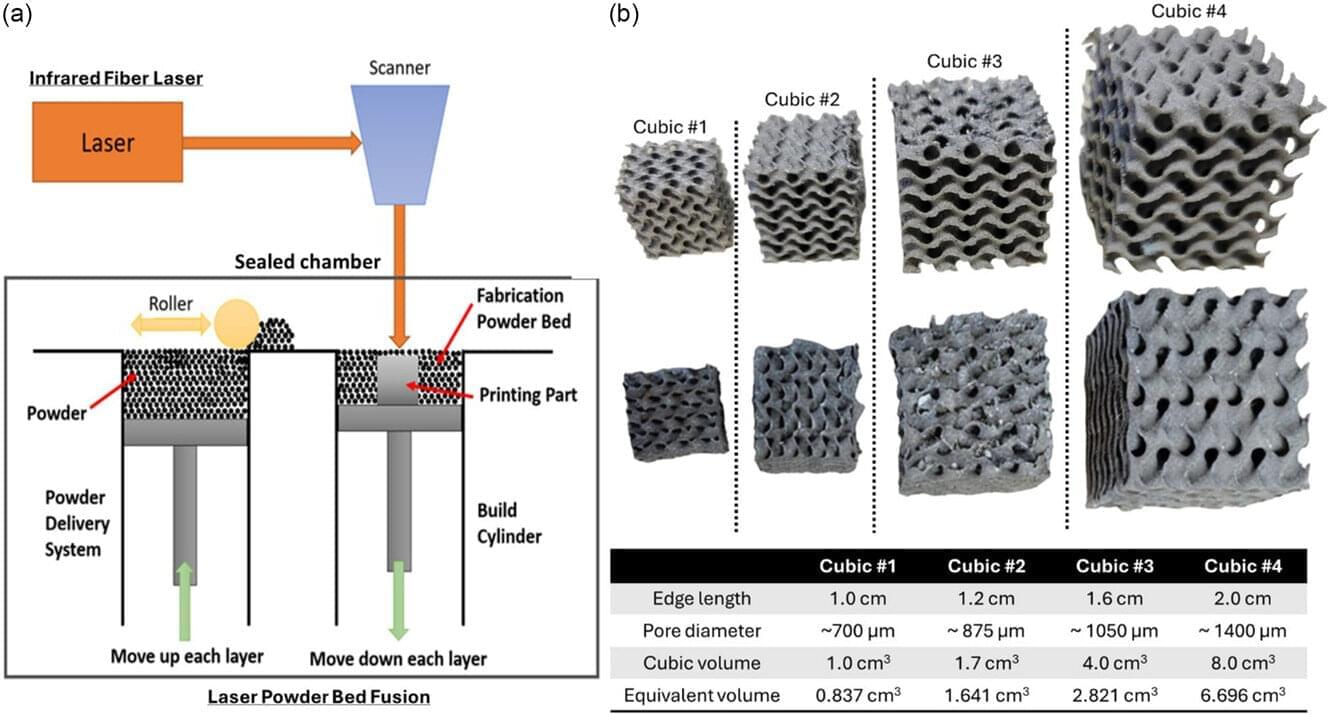
Engineering innovations generally require long hours in the lab, with a lot of trial and error through experimentation before zeroing in on the best solution.
But sometimes, if you’re lucky, the answer can be right under your nose—or in this case, beneath your feet.
Binghamton University Professor Seokheun “Sean” Choi has developed a series of bacteria-fueled biobatteries over the past decade, building on what he has learned to improve the next iteration. The biggest limitation isn’t his imagination—he’s always juggling several projects at once—but the materials he has to work with.

The researchers came up with a new way to describe how an electron’s spin interacts with the material it moves through, without using the complicated and unreliable tool called the orbital angular momentum operator, which usually causes problems in crystals.
Instead, they introduced a new idea called relativistic spin-lattice interaction. This basically means they focused on how an electron’s spin reacts to the structure of the solid itself, using principles from Einstein’s theory of relativity.
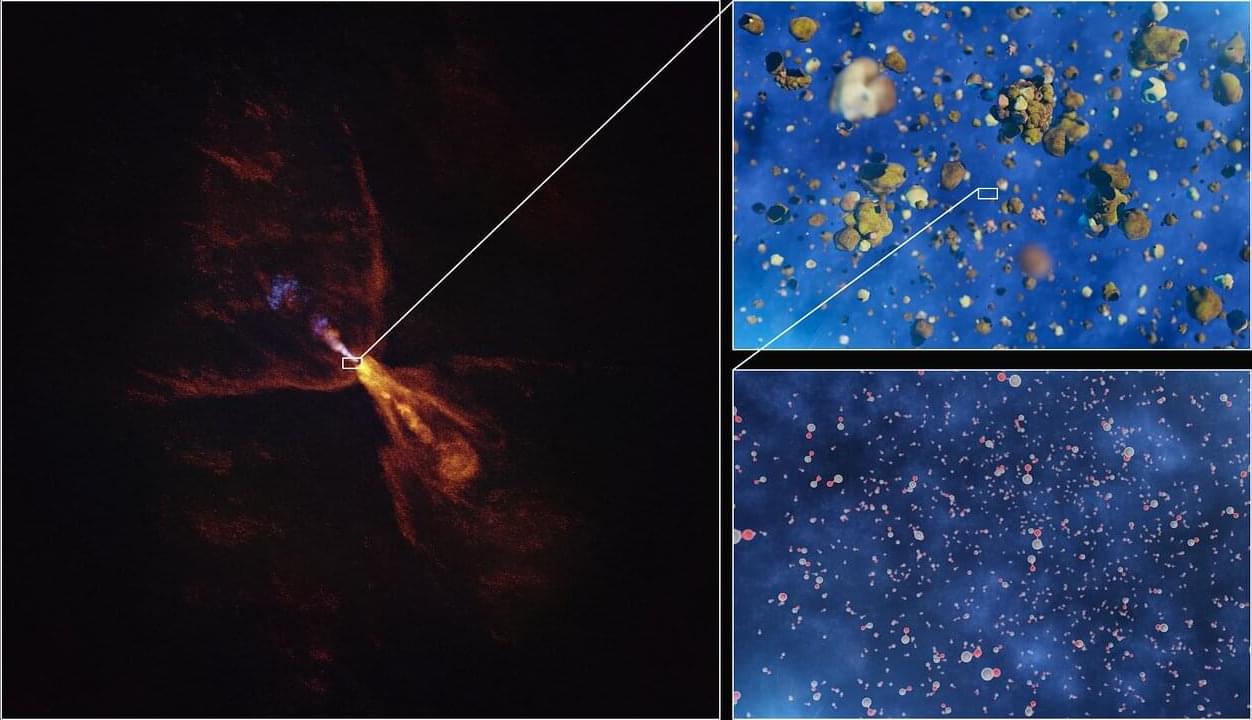
For the first time, international researchers have pinpointed the moment when planets began to form around a star beyond the sun. Using the ALMA telescope, in which the European Southern Observatory (ESO) is a partner, and the James Webb Space Telescope, they have observed the creation of the first specks of planet-forming material—hot minerals just beginning to solidify. This finding marks the first time a planetary system has been identified at such an early stage in its formation and opens a window to the past of our own solar system.
“For the first time, we have identified the earliest moment when planet formation is initiated around a star other than our sun,” says Melissa McClure, a professor at Leiden University in the Netherlands and lead author of the new study, published in Nature.
Co-author Merel van ‘t Hoff, a professor at Purdue University, U.S., compares their findings to “a picture of the baby solar system,” saying, “We’re seeing a system that looks like what our solar system looked like when it was just beginning to form.”

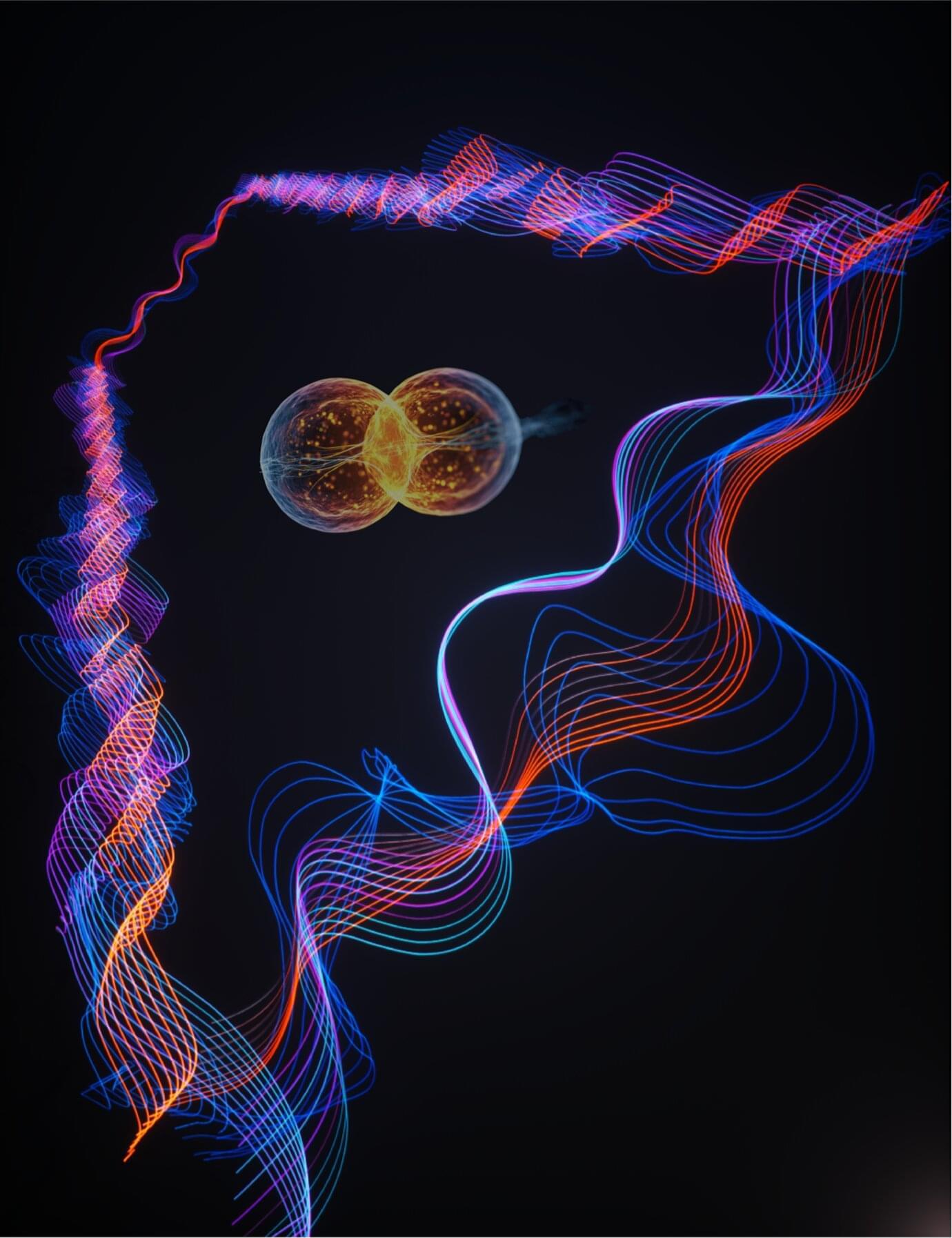
Topological materials are a class of materials that exhibit unique electronic properties at their boundary (surface in 3D materials; edge in 2D materials) that are robust against imperfections or disturbances and are markedly different from their bulk properties. In other words, these materials could be insulators (i.e., resisting the flow of electrons or heat), and yet be conducting at their boundary (i.e., allowing electrons or heat to easily flow through them).

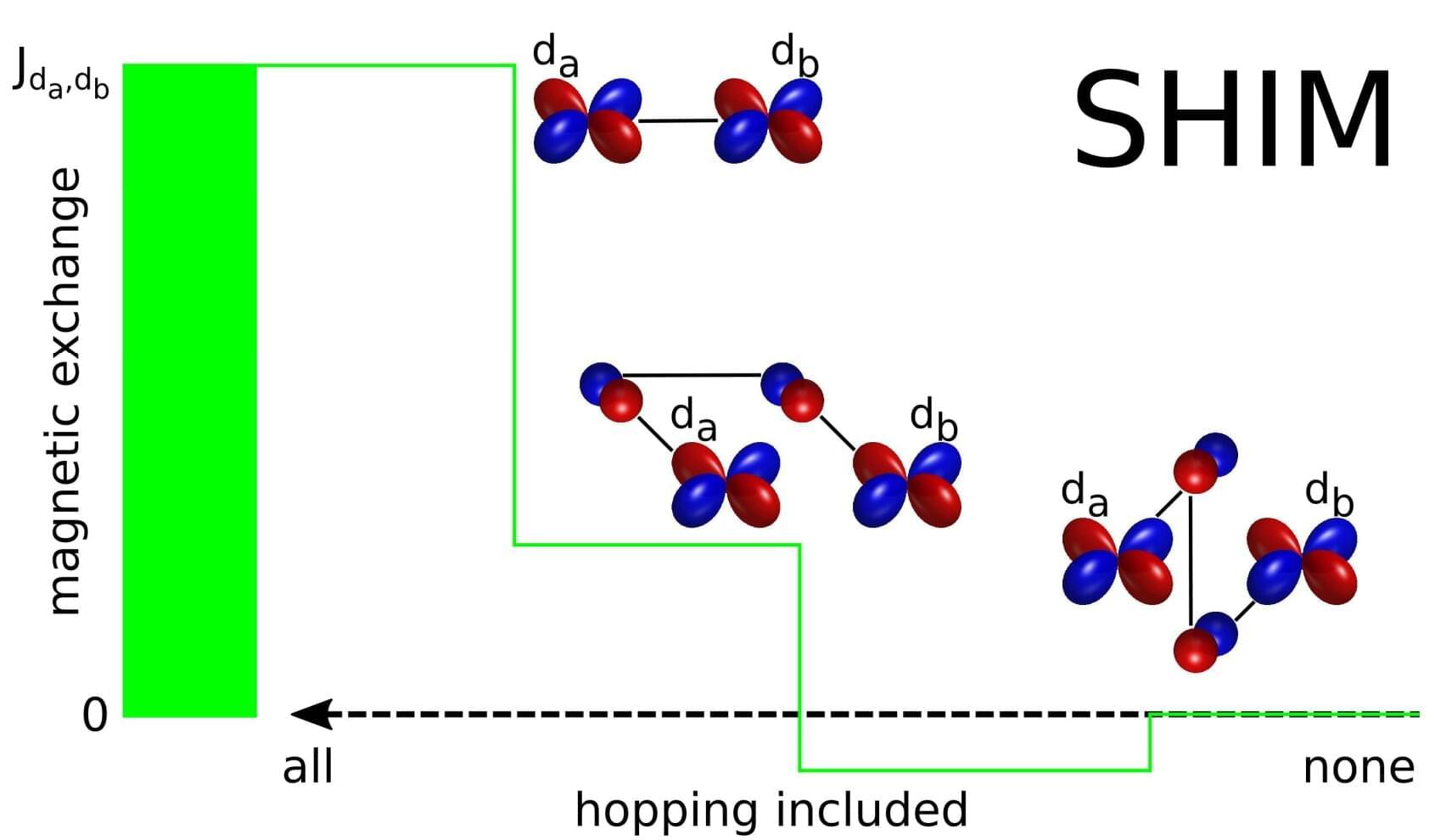
We know magnetism as a fundamental force of nature that plays a crucial role in both the natural world and modern technology. It governs the behavior of materials at the atomic level and is essential for the functioning of countless devices in our everyday life, including data storage, sensing, wireless charging, sound recording and playing systems, and more.